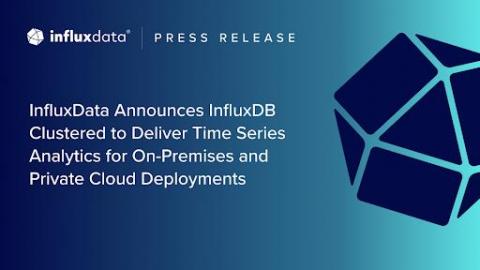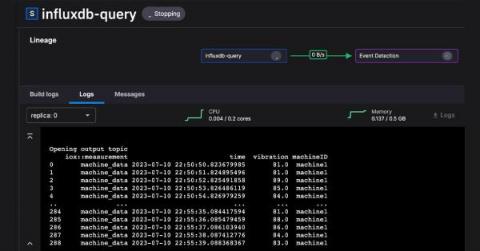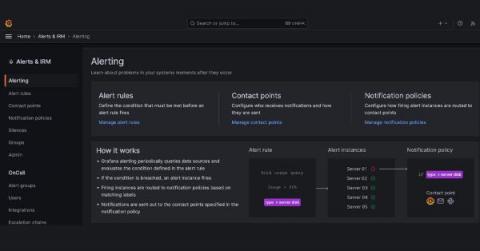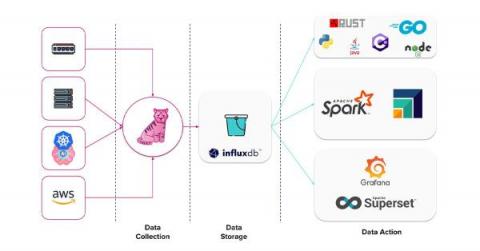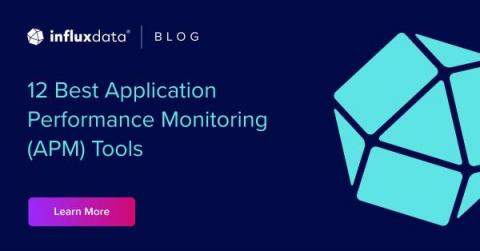How InfluxData and Dremio Leverage the Apache Ecosystem
InfluxData and Dremio have always been at the forefront of embracing open source solutions to enhance their product offerings. This post discusses how both companies currently leverage the Apache Ecosystem and describes the downstream impact these powerful technologies have on their offerings. InfluxData created and maintains InfluxDB, a time series platform.






